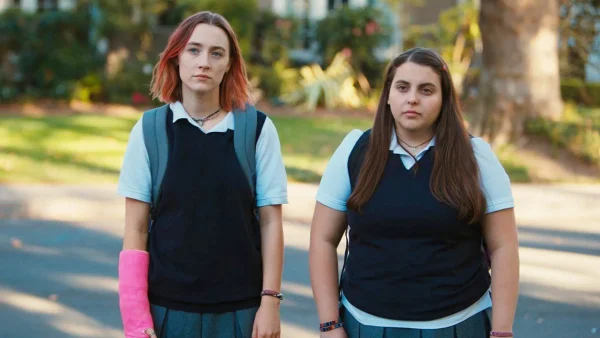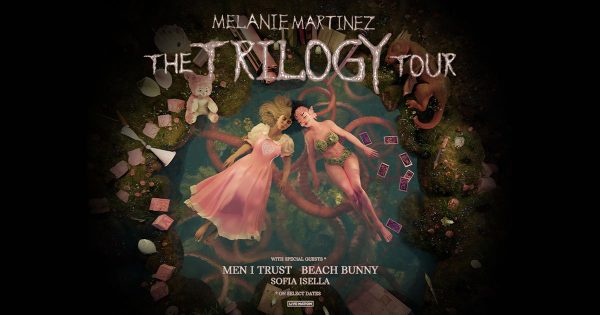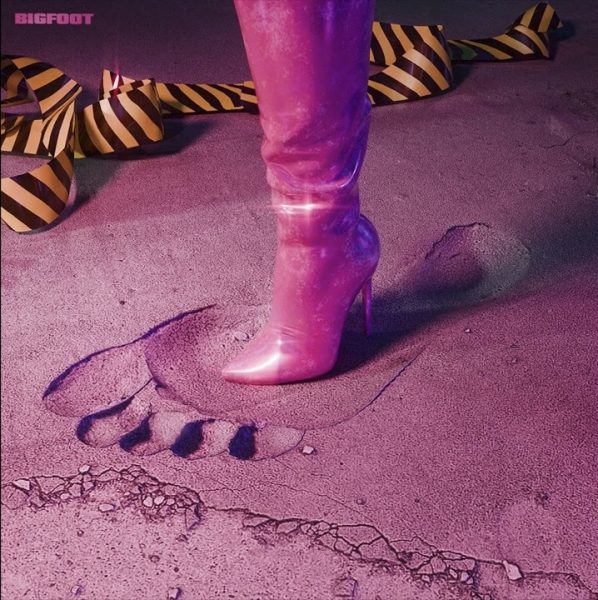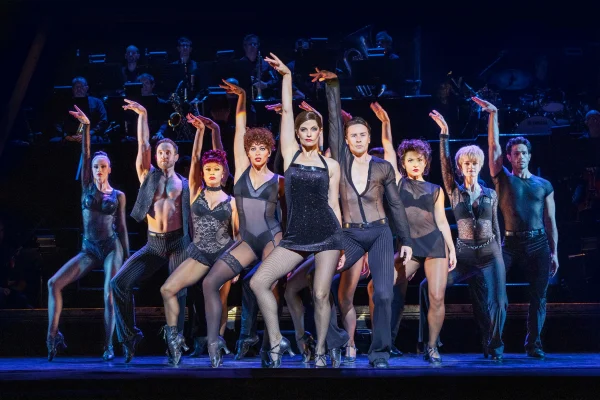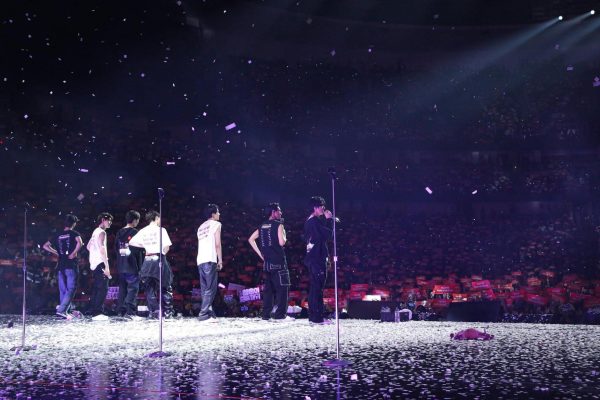Murder on the Orient Express Review
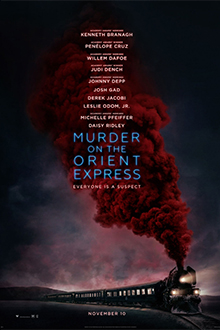
photo courtesy of 20th Century Fox
Murder on the Orient Express
November 19, 2017
Agatha Christie has been crowned the queen of crime, and Murder on the Orient Express might just be her best work. Christie’s novel follows the author’s most famous detective, Hercule Poirot, as he solves a murder on a snowbound train. With a train full of international passengers and no help available from the outside world, Poirot is at his finest, relying purely on the clues before him.
The main problem with adapting Murder on the Orient Express is that its ending is already pretty famous. Various directors have attempted at adapting Christie’s masterpiece for the screen, including Sidney Lumet with the 1974 movie and each has taken a few liberties with the material.
In both book and film, there are twelve suspects aboard the train and, of course, the dead body. In both versions, that body belongs to Ratchett (Johnny Depp), a con man who is secretly an American gangster notorious for orchestrating the kidnapping and murder of the daughter of a WWI hero.
In the book, the characters are snowed in on the train, so the entire murder mystery takes place aboard the Simplon Orient Express. In the movie, the characters are stranded but not actually trapped inside the train. The result is a much less claustrophobic setting, allowing Poirot to interview some of his suspects outside in the snow and in a nearby tunnel.
You do not mess with the ending of Murder on the Orient Express, since the ending, and the c way in which Christie reveals it, are what make the novel so great. In both the book and film, Poirot presents two possible solutions to the crime. In the first, Poirot suggests that an assassin snuck onboard the train, stabbed Ratchett, and fled. In the second (correct) solution, Poirot reveals that all 13 people aboard the train have some connection to the Armstrongs and that they conspired to murder Ratchett together to avenge their loved ones.
Here’s where the book and movie diverge. In the book, Poirot is sympathetic toward the conspirators, noting that the 12 stab wounds are reminiscent of a trial by jury, with the killers acting as judges and executioners of a man who was obviously guilty. Poirot presents both his solutions but he lets Bouc decide which theory they should present to the police. Despite the confessions of the train passengers, Bouc chooses the first, incorrect theory about the assassin, and Poirot announces that he considers the case closed.
I’m not convinced that this adaptation of Christie’s classic is better than her book but, for me, it comes close and was a great movie on its own. Arezu Monshizadeh (10) said,”It was a great movie that I highly recommend to anyone!” It did a great job of keeping you caught up in it. I do not tend to like a movie this much, but I would give it a 10/10 and definitely recommend it to anyone.





































